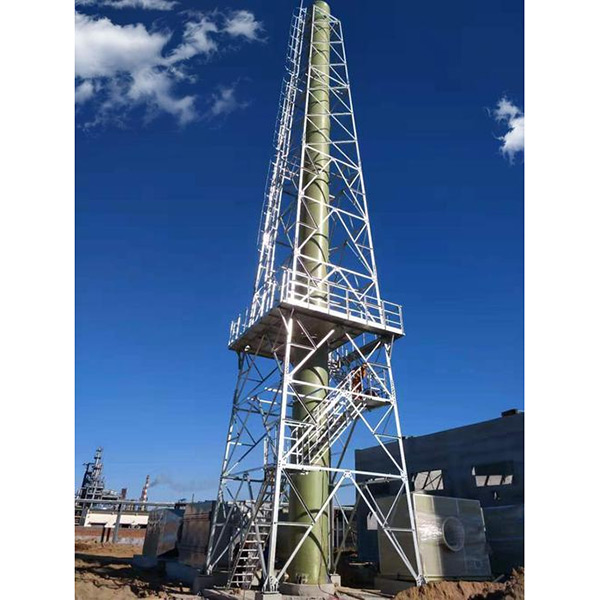Beyond Emission Dispersion: Exploring the Multifaceted Functions of Steel Chimneys in Manufacturing Processes
2024-04-11
Steel chimneys stand as towering sentinels in the industrial landscape, often recognized for their role in dispersing emissions and maintaining air quality. However, beyond their function as exhaust conduits, steel chimneys serve a multitude of critical roles within the steel manufacturing process. Let's delve into the diverse functions that steel chimneys fulfill, aside from emission dispersion, and their significance in the realm of steel production.
1. Heat Dissipation
1. Ventilation of Heat: Steel manufacturing processes involve the generation of immense heat from furnaces, converters, and other equipment. Steel chimneys facilitate the ventilation of excess heat, preventing the buildup of thermal energy within the manufacturing facility. This helps regulate temperatures and creates a safer working environment for personnel.
2. Cooling Towers: In some steel production plants, chimneys may also serve as part of cooling towers. These towers use water evaporation to dissipate heat generated during the steelmaking process. Chimneys provide the necessary airflow for the cooling tower system, aiding in the efficient removal of heat from industrial equipment.
2. Pressure Equalization
1. Pressure Regulation: Steel manufacturing processes often involve the generation of pressure differentials within enclosed spaces such as blast furnaces and converters. Chimneys help equalize these pressure differentials by providing an outlet for excess air or gases, thereby maintaining optimal operating conditions and preventing potential equipment damage.
3. Material Conveyance
1. Material Transport: Steel chimneys may also facilitate the conveyance of materials within the manufacturing facility. For example, they can serve as exhaust outlets for by-products such as slag or ash from steelmaking processes, directing them to designated disposal areas or recycling facilities.
4. Environmental Control
1. Dust Collection: Steel manufacturing generates airborne particulates and dust, which can pose environmental and health hazards. Chimneys equipped with filtration systems help capture these particles before they are released into the atmosphere, contributing to improved air quality and regulatory compliance.
5. Process Optimization
1. Stack Effect Utilization: The stack effect, driven by the temperature differential between the interior and exterior of a chimney, can be harnessed to enhance ventilation and airflow within the manufacturing facility. Steel chimneys strategically positioned throughout the plant leverage this natural phenomenon to optimize process efficiency and air circulation.
6. Architectural Significance
1. Iconic Landmarks: Steel chimneys often serve as iconic landmarks within industrial complexes, symbolizing the heritage and identity of the steel manufacturing industry. Beyond their functional utility, these towering structures contribute to the visual landscape and historical legacy of steel-producing regions.
Conclusion
In conclusion, steel chimneys play a multifaceted role within the steel manufacturing process, extending far beyond their function as emission dispersal units. From heat dissipation and pressure regulation to material conveyance and environmental control, chimneys are integral components that contribute to the efficiency, safety, and environmental sustainability of steel production facilities. Recognizing the diverse functions of steel chimneys underscores their importance as essential elements in the intricate machinery of the steel manufacturing process.



